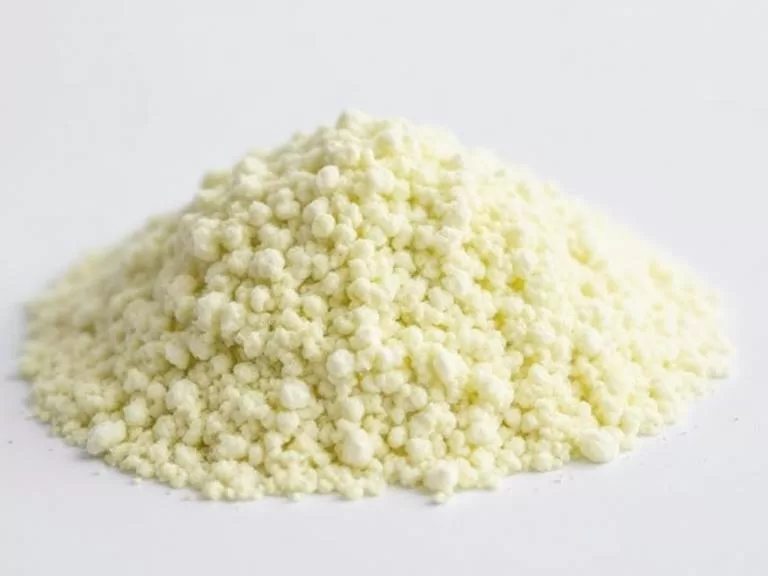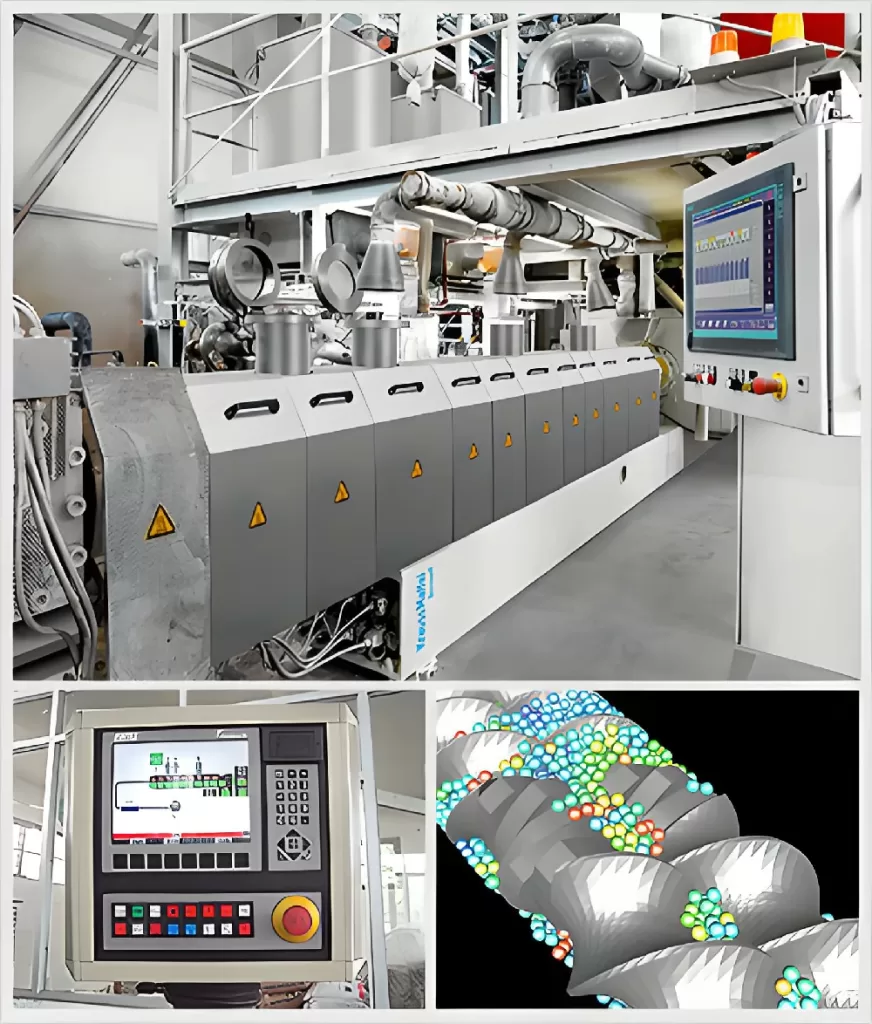PP Masterbatch plays a vital role in the plastics and packaging industry, offering enhanced color, strength, and performance to polypropylene-based products. Whether you’re in the field of manufacturing, textiles, or injection molding, understanding how PP masterbatch works—and how to choose the right one—can dramatically improve your product quality and production efficiency.

Table of Contents
- 1. What is PP Masterbatch?
- 2. Types of PP Masterbatch
- 3. Benefits of Using PP Masterbatch
- 4. Industrial Applications of PP Masterbatch
- 5. How to Choose the Right PP Masterbatch
- 6. Leading Manufacturer: Charming Masterbatch
- 7. Summary Table
- 8. FAQs
- 9. References
1. What is PP Masterbatch?
PP Masterbatch (Polypropylene Masterbatch) is a concentrated mixture of pigments and additives encapsulated in a carrier resin—specifically polypropylene (PP)—which is later diluted into natural polymer during manufacturing. It enhances the color, strength, and performance of plastic products.
Masterbatches serve as a simple, clean, and efficient method of adding color and functional properties to polymers without the need for direct handling of powdered pigments or chemicals. The masterbatch usually contains:
- Pigments – For color and opacity
- Additives – To modify specific properties (UV resistance, flame retardancy, etc.)
- Carrier Resin – Polypropylene, ensuring compatibility with the base polymer
2. Types of PP Masterbatch
2.1 Color Masterbatch
Color masterbatch is used to impart specific shades or tones to PP-based products. These masterbatches ensure consistent color dispersion and high opacity. They are ideal for packaging, fibers, films, and injection-molded parts.
2.2 White and Black Masterbatch
- White Masterbatch – Often uses titanium dioxide (TiO₂) for opacity and brightness.
- Black Masterbatch – Contains carbon black for UV protection, opacity, and conductivity control.
2.3 Functional Masterbatch
Beyond color, functional masterbatches add technical enhancements:
- 抗菌防霉 – Prevents bacterial growth in medical or food-grade products.
- 抗静电 – Reduces static electricity buildup in films or packaging.
- 阻燃剂 – Enhances fire resistance for safety-critical applications.
- UV Stabilizer – Extends product life by protecting against sunlight degradation.
2.4 Filler Masterbatch
Used to reduce production costs by partially replacing virgin resin with minerals like calcium carbonate. It maintains product strength while improving stiffness and reducing shrinkage.
2.5 Fiber and Film Masterbatch
PP masterbatches designed for fibers, filaments, and films ensure uniform dispersion, minimal migration, and superior processability in nonwoven and BCF applications.
3. Benefits of Using PP Masterbatch
- Enhanced Performance: Improves durability, flexibility, and visual appeal of the final product.
- Cost-Effective Production: Allows accurate dosing of pigments and additives, minimizing waste.
- Superior Dispersion: Provides uniform color and consistency throughout the batch.
- Customization: Enables tailor-made solutions for specific industry needs.
- Eco-Friendly Manufacturing: Reduces chemical dust exposure and environmental contamination.
4. Industrial Applications of PP Masterbatch
PP Masterbatch is widely used across various industries. Here are some of the most prominent applications:
4.1 Packaging Industry
Used in the production of food containers, films, caps, and bottles. Color and UV masterbatches enhance product appeal and protection from UV degradation.
4.2 Automotive Industry
PP components in vehicles, such as dashboards and trims, utilize masterbatch for color stability and heat resistance.
4.3 Textiles and Nonwovens
Fibers and filaments used in carpets, upholstery, and hygiene products rely on fiber-grade masterbatch for consistent color and anti-aging properties.
4.4 Agriculture
Used in greenhouse films, mulch films, and irrigation pipes, where UV stabilizers and antistatic additives improve durability and performance.
4.5 Consumer Goods
Appliances, toys, and furniture use PP masterbatch to achieve vivid coloration and enhanced physical properties.
5. How to Choose the Right PP Masterbatch
- Application Requirements: Determine whether color, UV protection, flame retardancy, or other properties are essential.
- Compatibility: Choose a masterbatch with a PP carrier for maximum bonding efficiency.
- Processing Method: Select masterbatch optimized for extrusion, injection molding, or blow molding.
- Environmental Conditions: Consider heat, humidity, and UV exposure during product use.
- Supplier Reputation: Work with reliable manufacturers offering technical support and quality assurance.
6. Leading Manufacturer: Charming Masterbatch

Charming Masterbatch is a globally recognized leader in the field of masterbatch production, with advanced twin-screw machines from Germany and decades of pigment dispersion expertise. The company delivers innovative and stable color solutions for industries around the world.
6.1 Company Overview
- Specializes in 着色母粒 and Functional Additives
- Exports to 18+ countries across Europe, South America, the Middle East, and Southeast Asia
- Provides custom technical support and development cooperation for client-specific projects
6.2 Product Categories
- 着色母粒 – For fibers, films, and injection molding
- 功能母粒 – Including antimicrobial, antistatic, flame retardant, and UV stabilizer types
- Fiber and Film Solutions – For nonwoven and BCF applications
Charming’s dedication to innovation, quality, and customer collaboration makes it a trusted partner for businesses seeking long-term material enhancement and production efficiency.
7. Summary Table
| Aspect | Details |
|---|---|
| Material Type | Polypropylene (PP) based masterbatch |
| Functions | Coloring, UV protection, flame retardancy, antimicrobial, antistatic |
| Applications | Packaging, automotive, textiles, agriculture, consumer goods |
| Benefits | Improved color consistency, durability, customization, and cost efficiency |
| Leading Manufacturer | Charming Masterbatch – China |
8. FAQs
Q1: Is PP masterbatch safe for food packaging?
Yes, most food-grade PP masterbatches are certified safe and meet international regulatory standards. Always confirm with your supplier.
Q2: What is the difference between PP and PE masterbatch?
PP (Polypropylene) and PE (Polyethylene) differ in carrier resin composition. Each is optimized for compatibility with its respective polymer base.
Q3: Can I use color and functional masterbatch together?
Yes. Many manufacturers combine them to achieve both visual appeal and technical functionality in a single product.
Q4: How much masterbatch should I add to my product?
Typical concentrations range from 1%–5% by weight, depending on the required color intensity and additive effect.
Q5: Where can I buy high-quality PP masterbatch?
Charming Masterbatch offers reliable, customizable solutions for all industrial needs with global support and advanced production technology.
